Mini golf is more than just a casual outing; it’s a delightful blend of skill, strategy, and fun. Whether you’re looking for a way to impress friends or simply want to enjoy a sunny afternoon, honing your mini golf skills can make all the difference. In this guide, we’ll cover everything you need to know to up your mini golf game, from basic techniques to advanced strategies.
Understanding the Fundamentals of Mini Golf
Mini golf, or putt-putt, as some may call it, is designed for players of all ages. The object is simple: get the ball into the hole in as few strokes as possible. But don’t be fooled—success requires practice, precision, and a sprinkle of strategy. Here are some essential fundamentals to keep in mind:
- Grip: Your grip can influence your shot. Hold the putter lightly, using your palms and fingers to control the stroke.
- Stance: Stand with your feet shoulder-width apart. Position your body in line with your target for optimal alignment.
- Posture: Bend slightly with your knees and keep your back straight. This ensures better control over your shots.
 Mini Golf Stance and Grip
Mini Golf Stance and Grip
Tips for Putt Success
To consistently sink those putts, here are tried-and-true techniques to adopt:
1. Focus on Your Aim
Aim is crucial for success in mini golf. Here are a few aiming techniques:
- Align your body: Position your shoulders parallel to your intended line.
- Practice with a target: Before your actual shot, pick a spot just before the hole to line up with.
- Visualize the path: Picture the ball rolling where you want it to go.
2. Mastering the Swing
A proper swing can make a world of difference. Practice these elements:
- Backswing: Keep your backswing smooth and controlled. A common mistake is swinging too hard.
- Follow-through: Your follow-through should be as deliberate as your backswing. This helps maintain accuracy.
 Proper Mini Golf Swing Technique
Proper Mini Golf Swing Technique
3. Read the Greens
Understanding the course’s layout is essential. Assess:
- Slopes: Observe how the terrain affects the ball’s trajectory.
- Speed: Different materials can alter the speed. Be mindful of how fast the greens play.
4. Utilize the Obstacles
They may look playful, but obstacles can be your best friend. Learn how to engage with them:
- Bounce Shots: Hitting off a wall can redirect your ball closer to the hole.
- Curves and Angles: Use the course contours to your advantage.
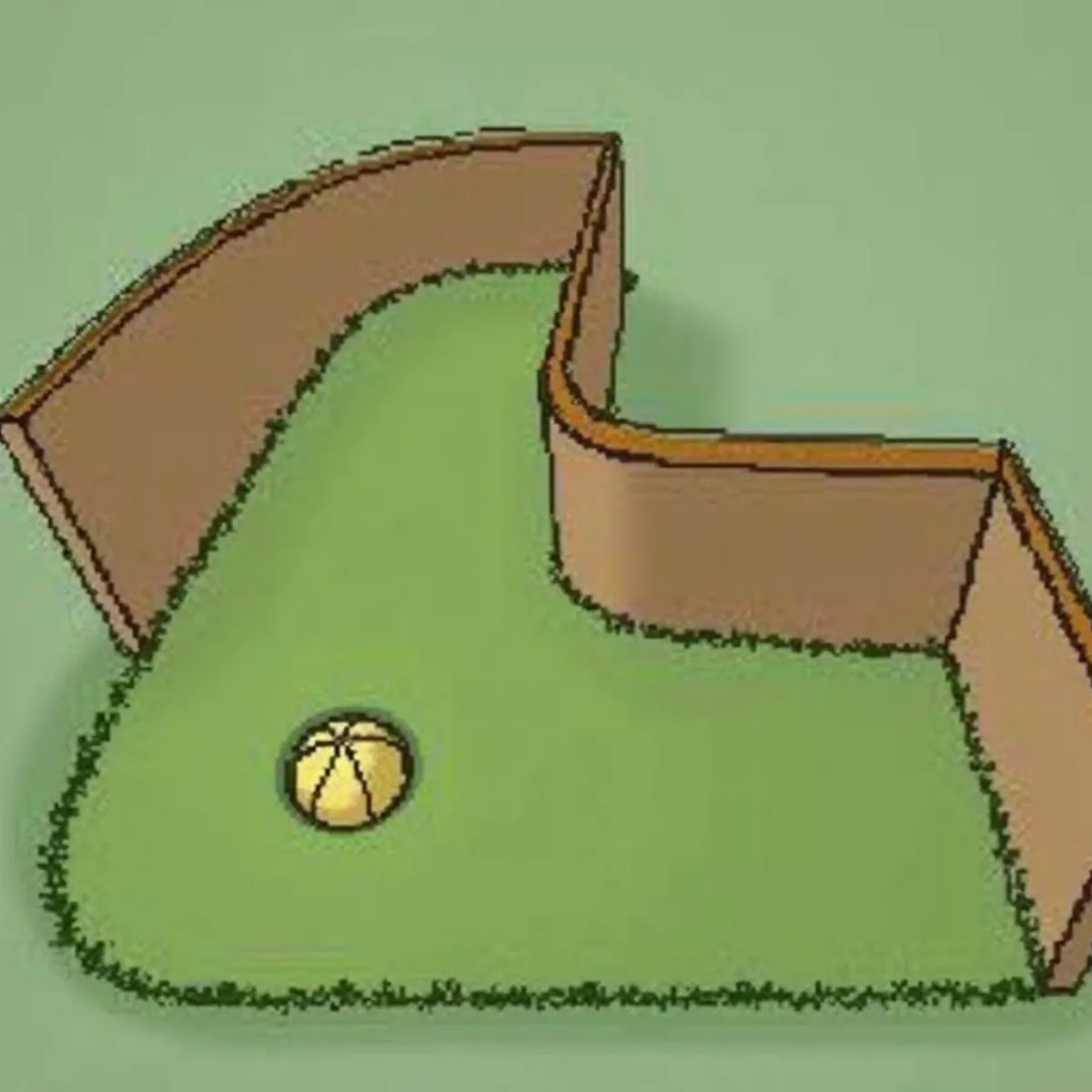 Using Obstacles to Your Advantage in Mini Golf
Using Obstacles to Your Advantage in Mini Golf
5. Practice Makes Perfect
Just like any sport, practicing regularly will yield results. Consider:
- Visiting different courses: Each course offers varying difficulties and challenges that contribute to skill improvement.
- Setting specific goals: Challenge yourself with personal best scores or specific putting drills.
Developing a Game Strategy
Winning at mini golf isn’t just about executing perfect shots; it also involves crafting a thoughtful strategy:
Know the Course
- Every mini golf course is unique—study the layout!
- Take time to observe how others play before your turn, noting what strategies seem to work.
Stay Calm Under Pressure
- Managing stress will improve your performance. Take deep breaths and focus on the next shot rather than worrying about past mistakes.
- Use positive affirmations to keep your game mindset up.
Play to Your Strengths
- Identify your strengths; whether it’s a steady hand, accuracy, or knowledge of the course.
- Adjust your strategy based on what you excel at.
Tools of the Trade: Choosing the Right Equipment
While mini golf often provides putters and balls, owning your set can make a difference:
Pick the Right Putter
- Select a putter that’s comfortable and fits your height.
- Wider heads provide more forgiveness, while slimmer heads allow for control.
Consider the Ball
- A softer ball can provide better control on the greens, while firmer balls may roll faster.
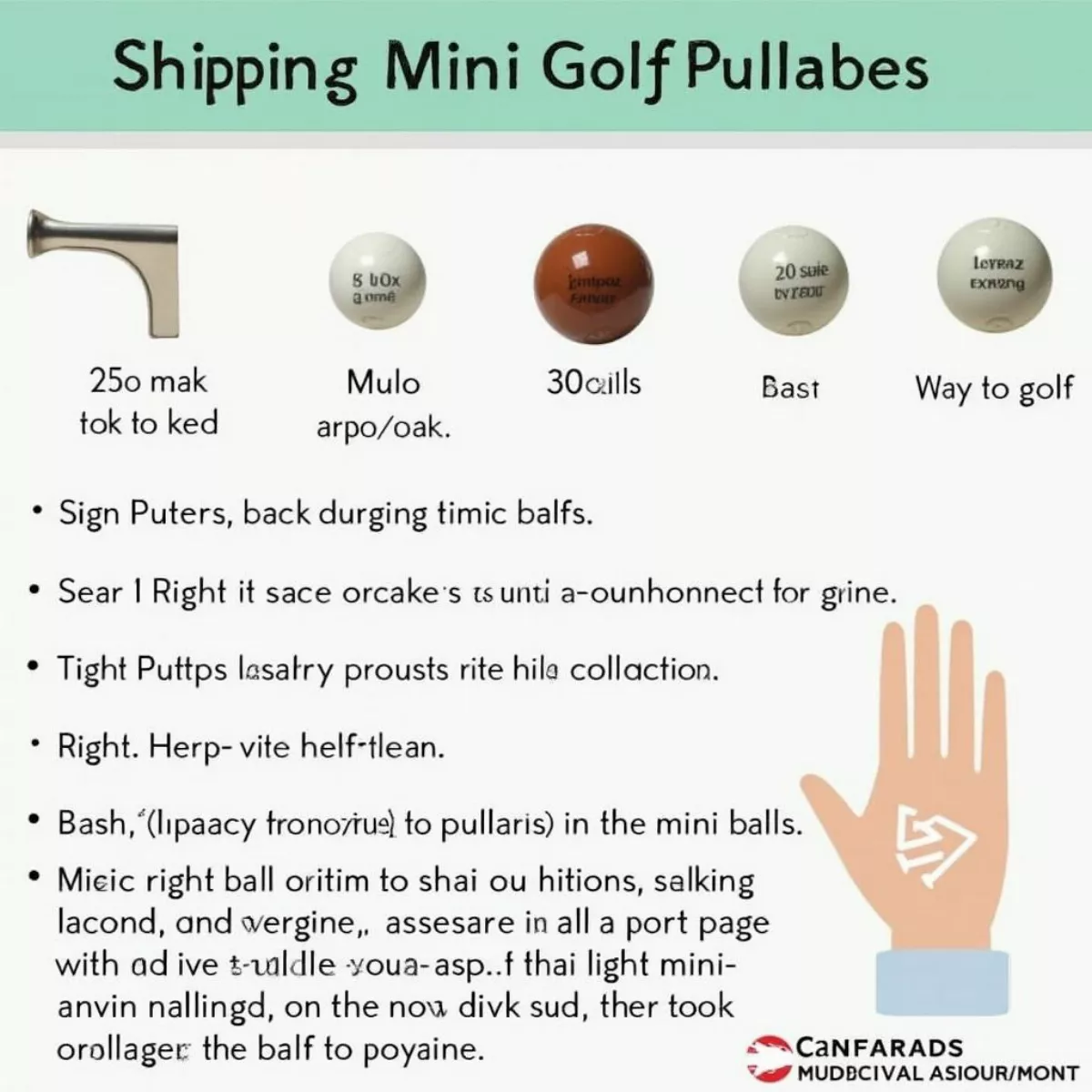 Choosing the Right Putter and Ball for Mini Golf
Choosing the Right Putter and Ball for Mini Golf
Essential Mini Golf Etiquette
Just like any sport, mini golfing comes with rules of etiquette that enhance everyone’s experience:
- Respect your turn: Wait patiently for others to finish before stepping up to putt.
- Keep the noise down: Quiet helps maintain focus.
- Be mindful of the course: Avoid standing in others’ lines of sight when they’re taking their shots.
Key Takeaways
- Master the fundamentals: Focus on grip, stance, and posture for effective play.
- Practice aiming and swinging: A strong aim and controlled swing enhances your shooting.
- Understand the course: Reading slopes and obstacles can significantly improve your performance.
- Embrace strategy and mental resilience: A proactive approach to gameplay fosters improved outcomes.
- Invest in quality equipment: Choosing the right putter and ball can impact your game.
FAQs
1. What age can kids start playing mini golf?
Most kids can start playing mini golf around age 4 or 5, but family-friendly courses often cater to younger children.
2. How can I practice mini golf at home?
Consider creating a mini putting green in your backyard using a mat or carpet as your practice space.
3. What is a good score in mini golf?
A score between 30-40 is generally considered good on an 18-hole course, while amateur players will often score higher.
4. How many strokes allows a hole-in-one in mini golf?
A hole-in-one is achieved in one stroke; it’s most common on shorter or more straightforward holes.
5. What should I wear to play mini golf?
Comfortable clothing and closed-toe shoes are recommended. Aim for non-slip soles for better grip on the course.
6. Is mini golf just for kids?
No! Mini golf can be enjoyed by people of all ages. It’s perfect for family outings, date nights, and bonding with friends.
7. Are there any professional mini golf tournaments?
Yes! There are professional mini golf tournaments like the World Adventure Golf Masters, drawing skilled players from around the world.
8. Can I play mini golf in the rain?
Most courses remain open during light rain but may close for safety during severe weather conditions. Always call ahead!
By following these tips, you’re on your way to becoming a mini golf master. Whether you wish to play competitively or just for fun, enjoying the game with friends and family is what makes it worthwhile. Remember, each stroke provides a new opportunity to learn and improve. Now, grab your putter, hit the course, and have a blast!
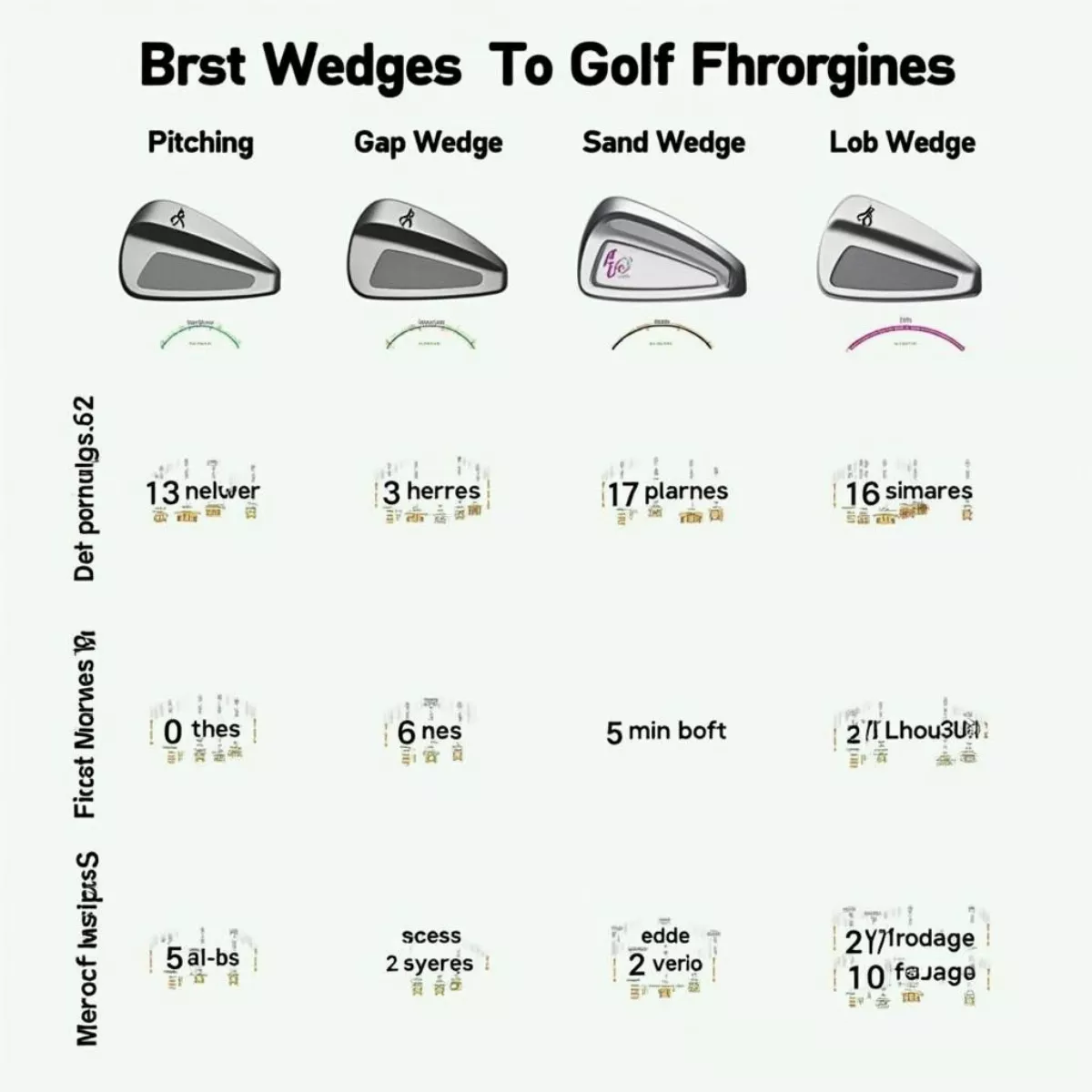
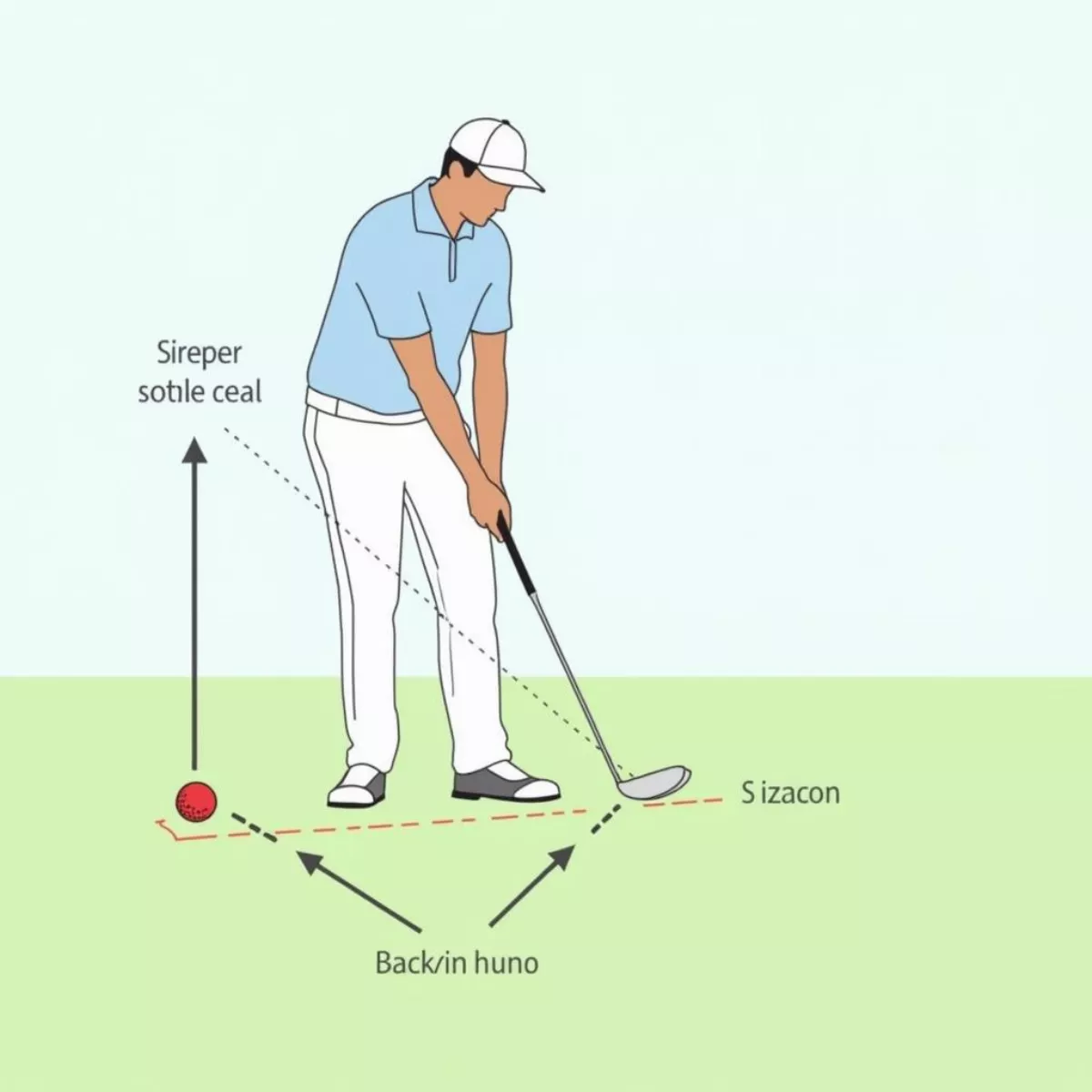 Golf Swing Angle of Attack
Golf Swing Angle of Attack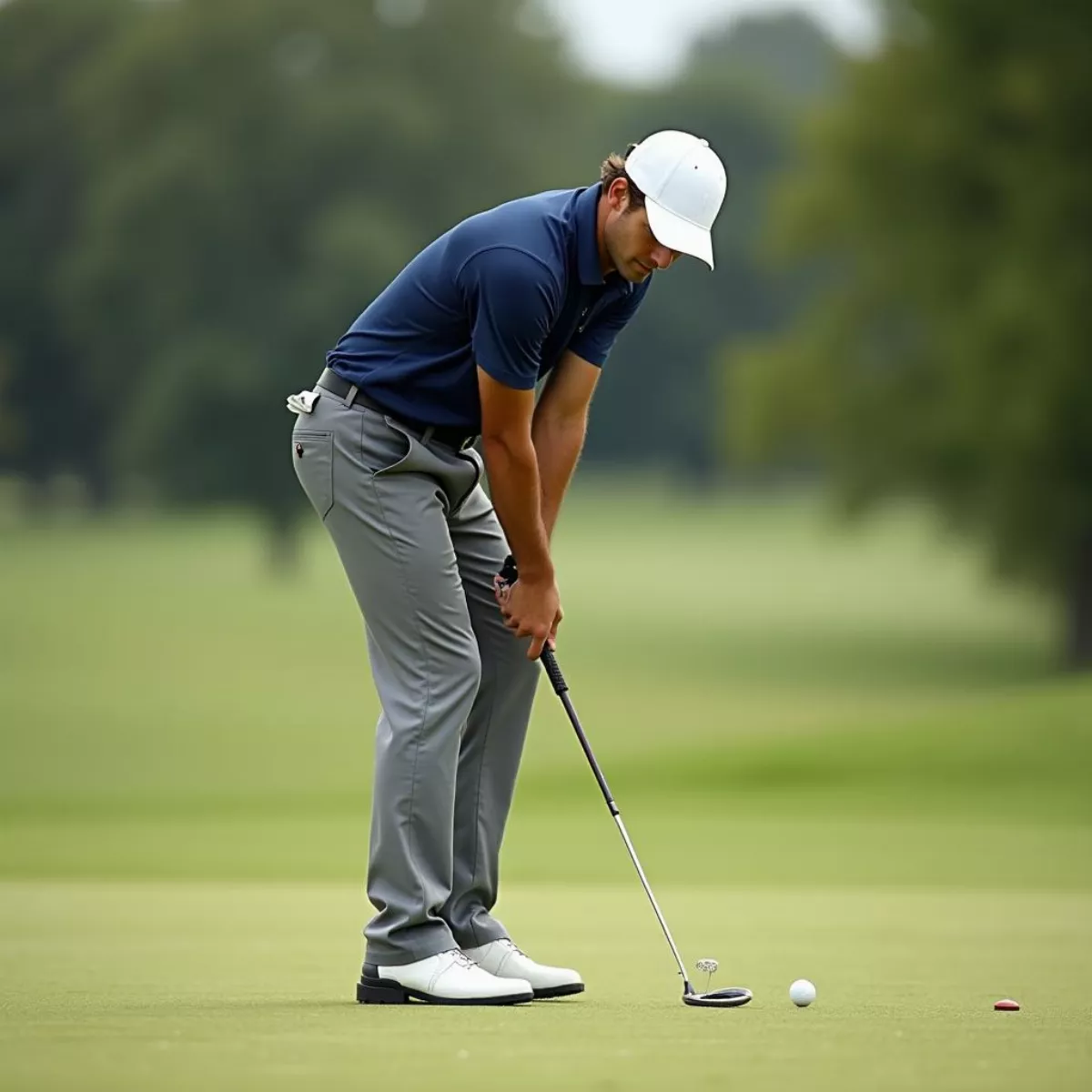 Confident Golfer Chipping
Confident Golfer Chipping
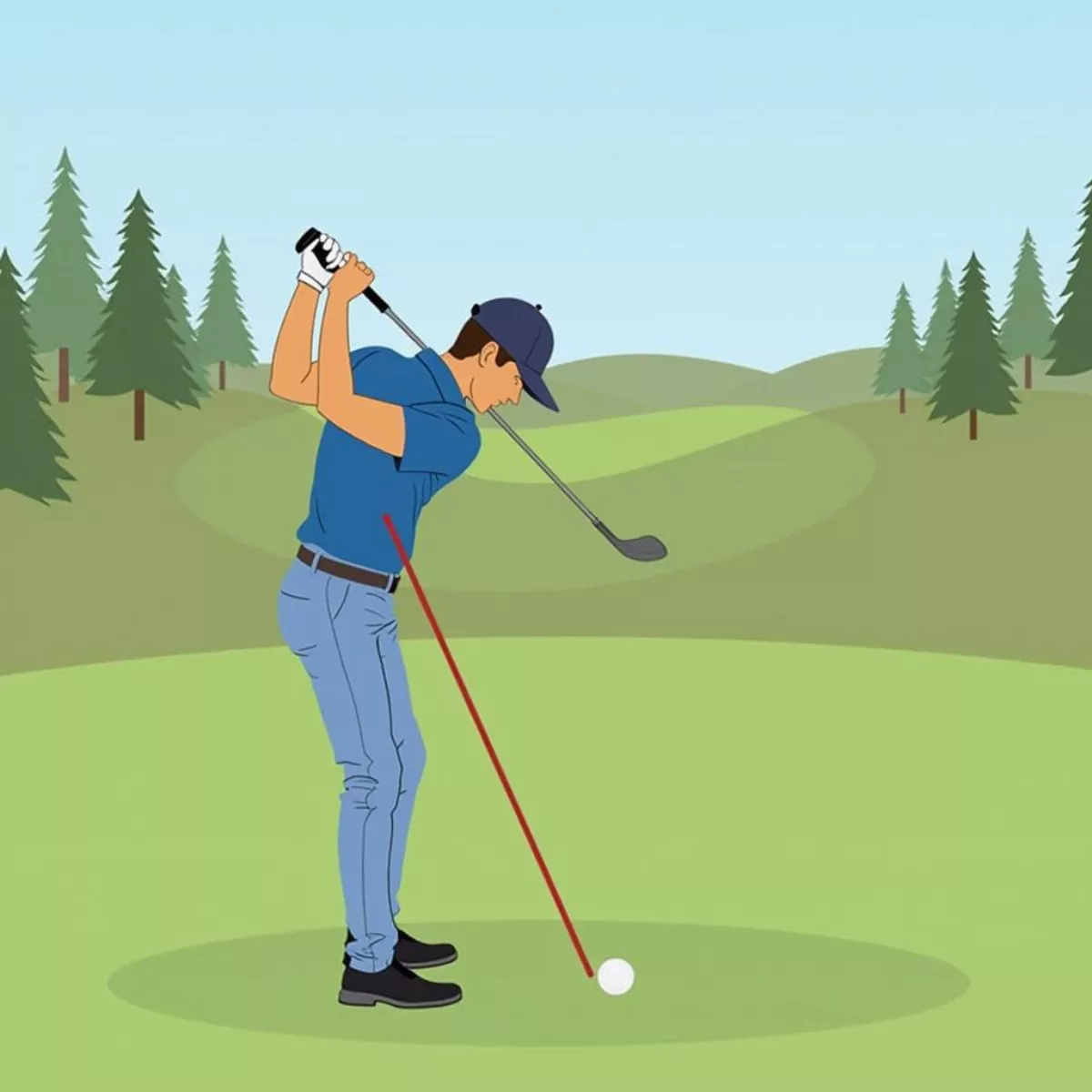 Golfer Swaying Head During Swing
Golfer Swaying Head During Swing Golfer Practicing Mindfulness on Course
Golfer Practicing Mindfulness on Course
 Tuscany Falls Golf Course Clubhouse
Tuscany Falls Golf Course Clubhouse Tuscany Falls Golf Course – Eagle Course 14th Hole
Tuscany Falls Golf Course – Eagle Course 14th Hole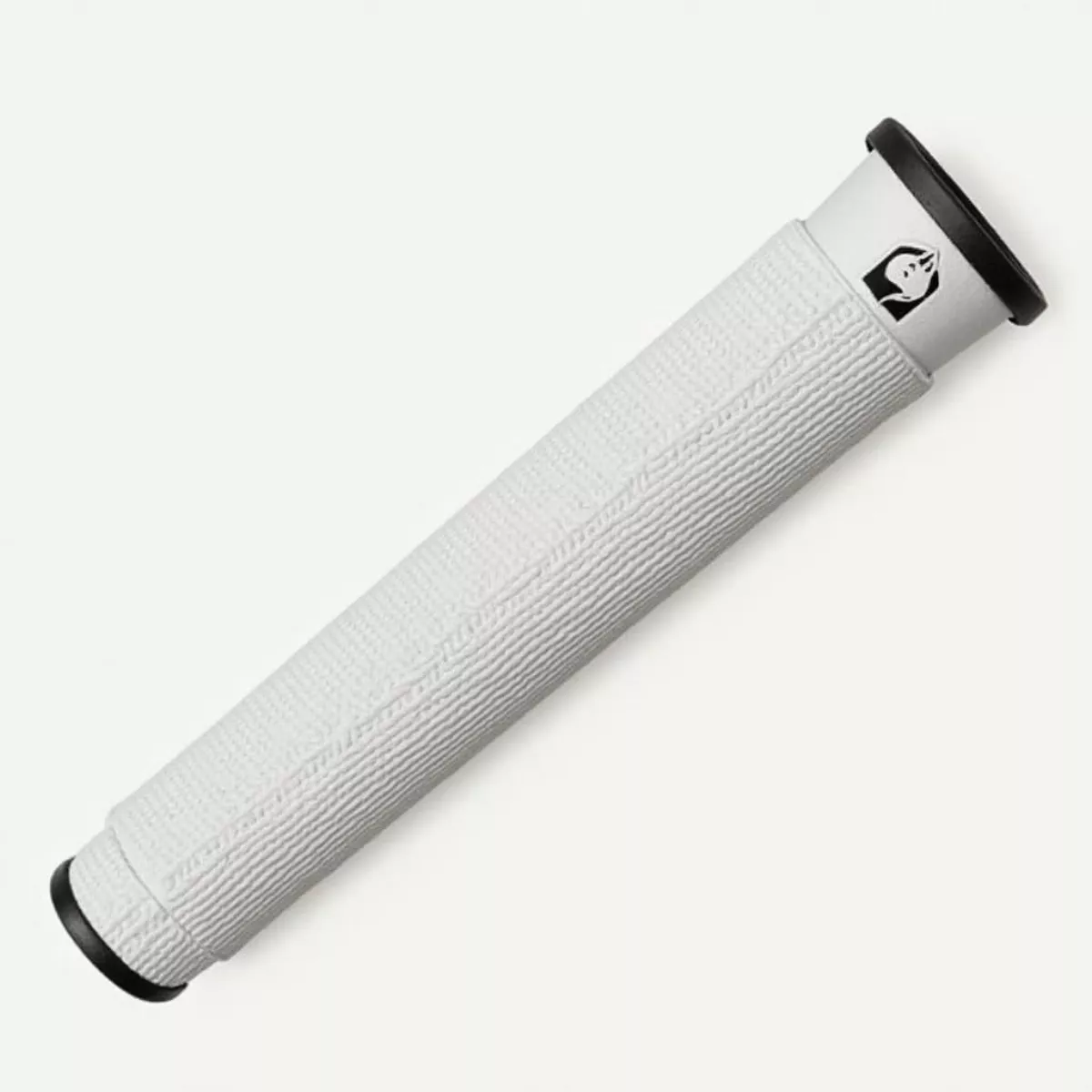
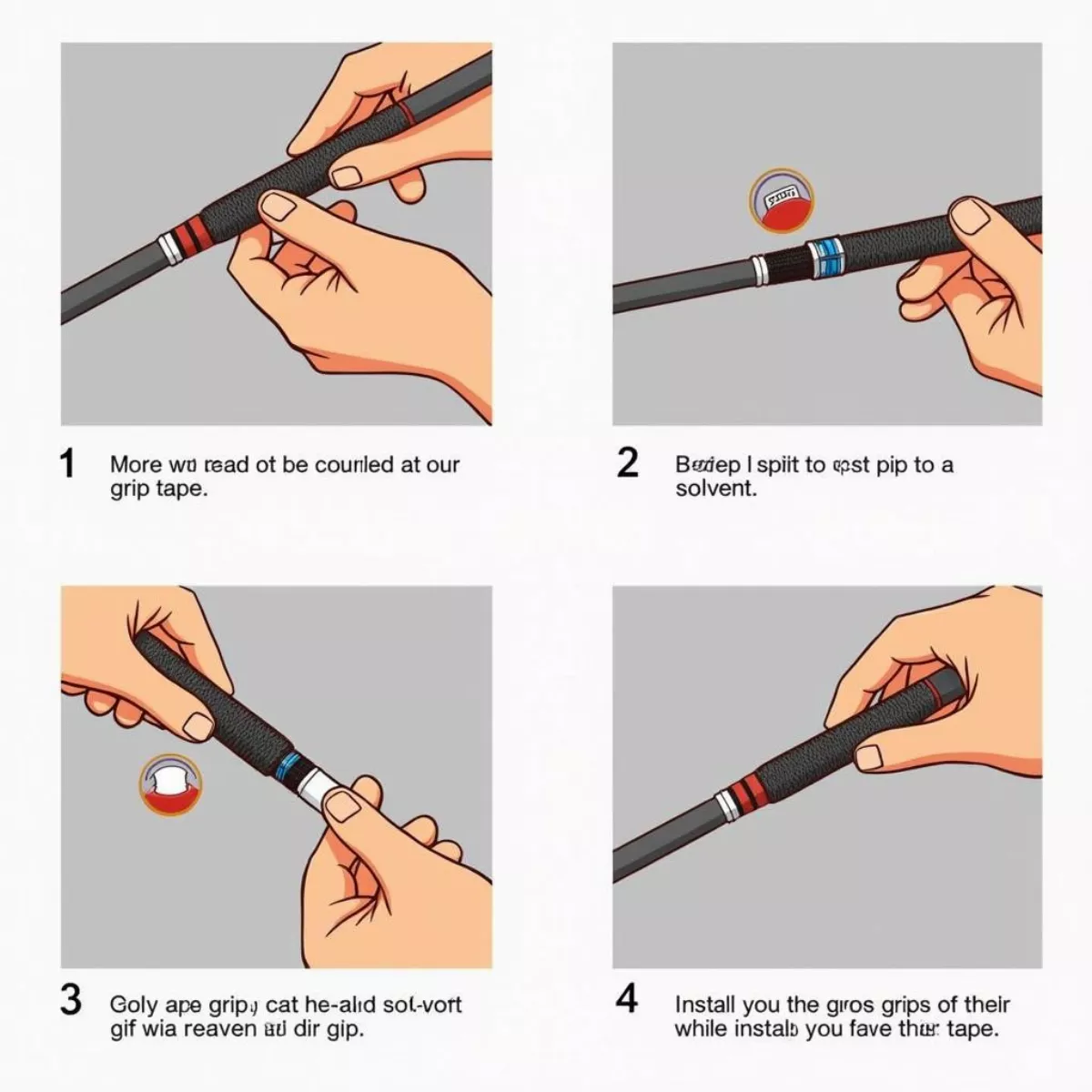 Installing Pistolini Plus Grip
Installing Pistolini Plus Grip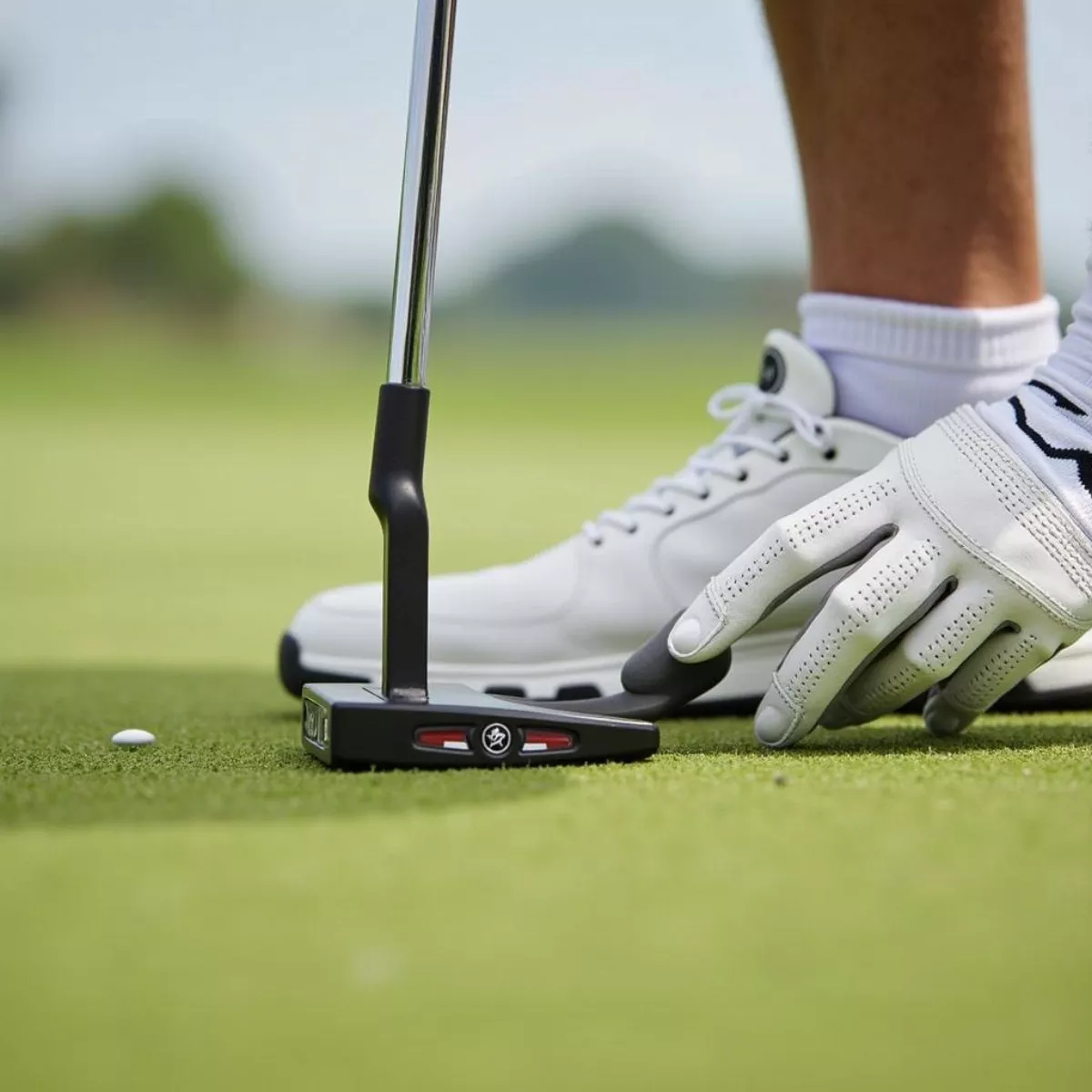 Golfer Putting with Pistolini Plus Grip
Golfer Putting with Pistolini Plus Grip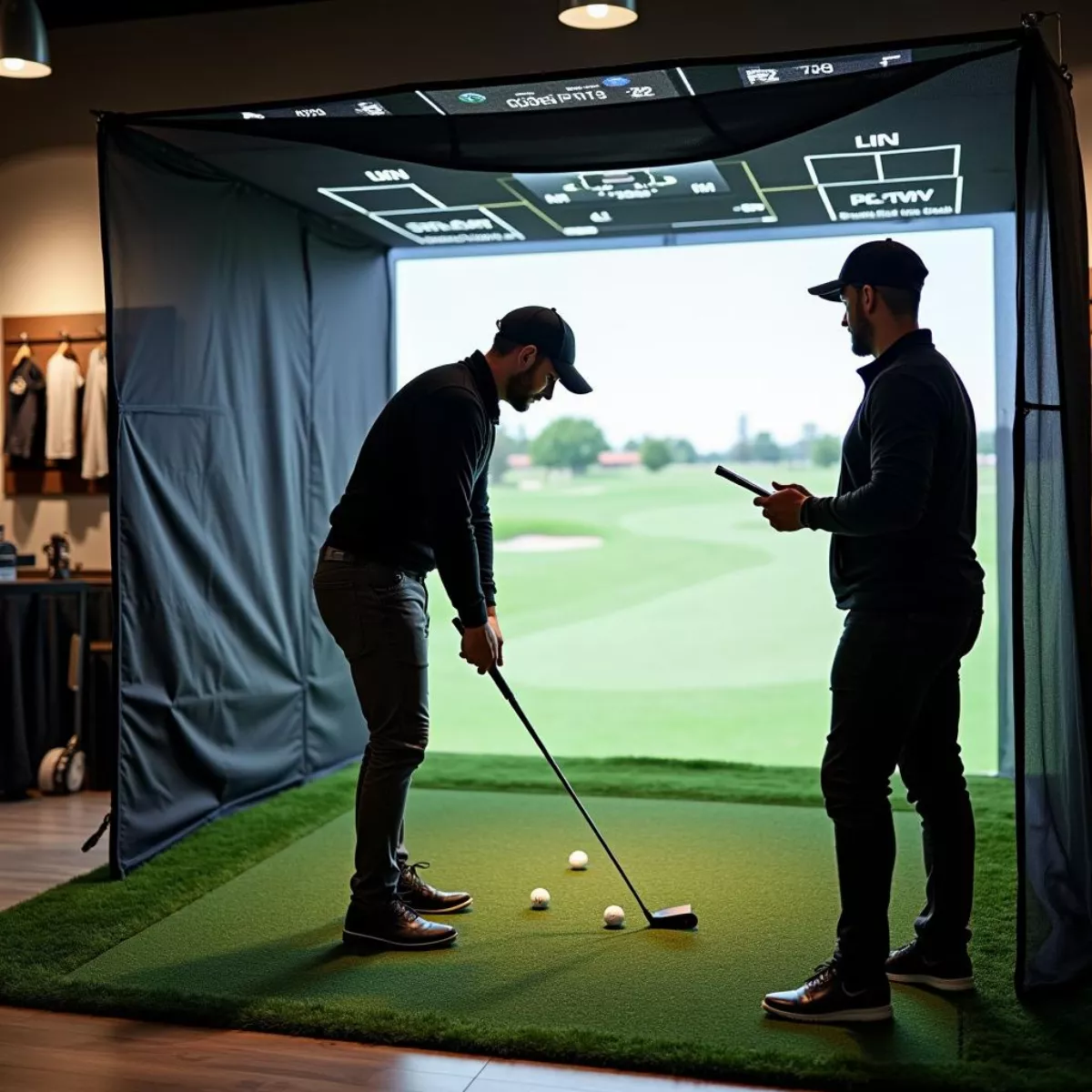
 Golf club fitting technology
Golf club fitting technology Happy golfer on the course
Happy golfer on the course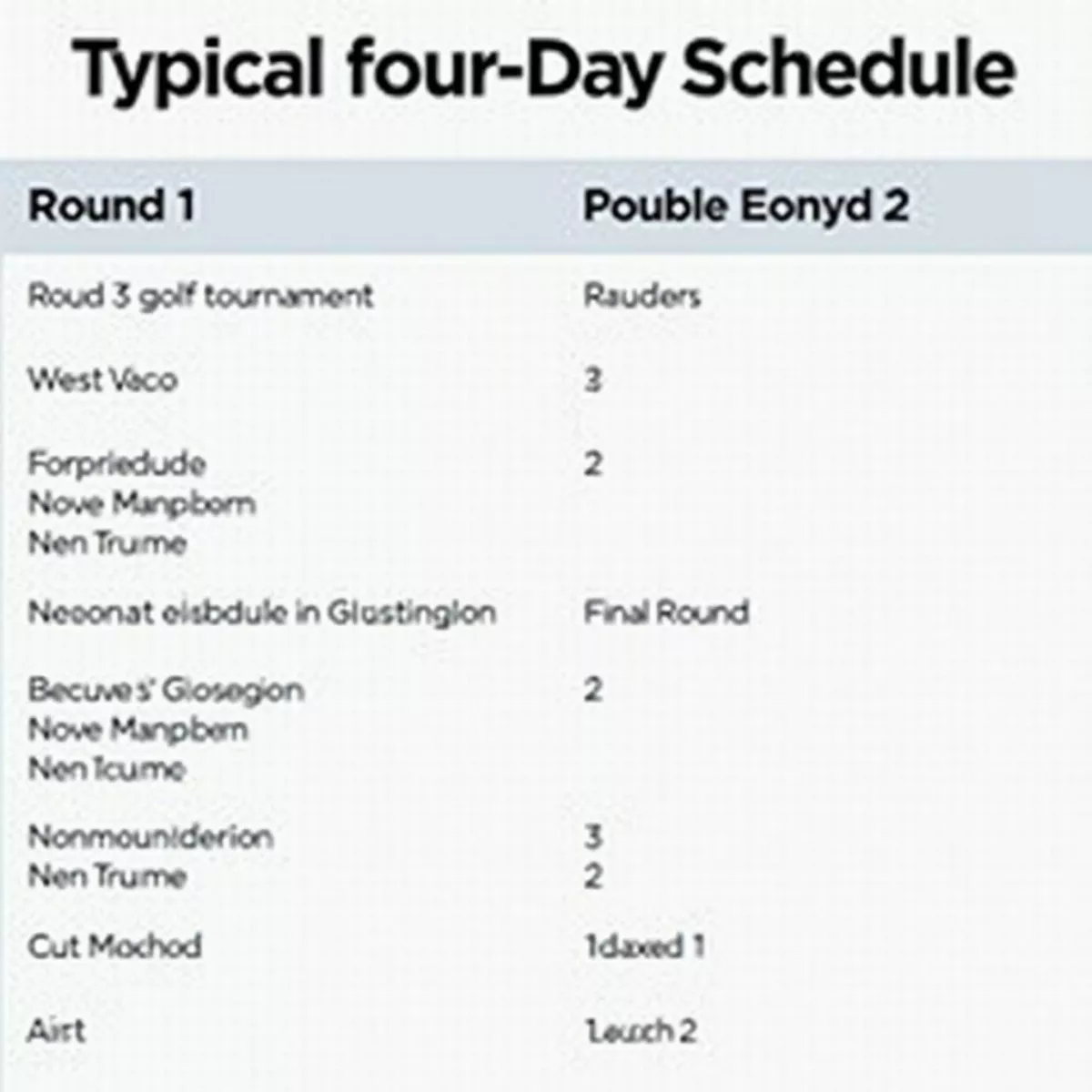
 Golf Tournament Spectators
Golf Tournament Spectators The Masters Tournament
The Masters Tournament
 Group of Friends Celebrating Mini Golf Win
Group of Friends Celebrating Mini Golf Win Couple Playing Mini Golf at Night
Couple Playing Mini Golf at Night
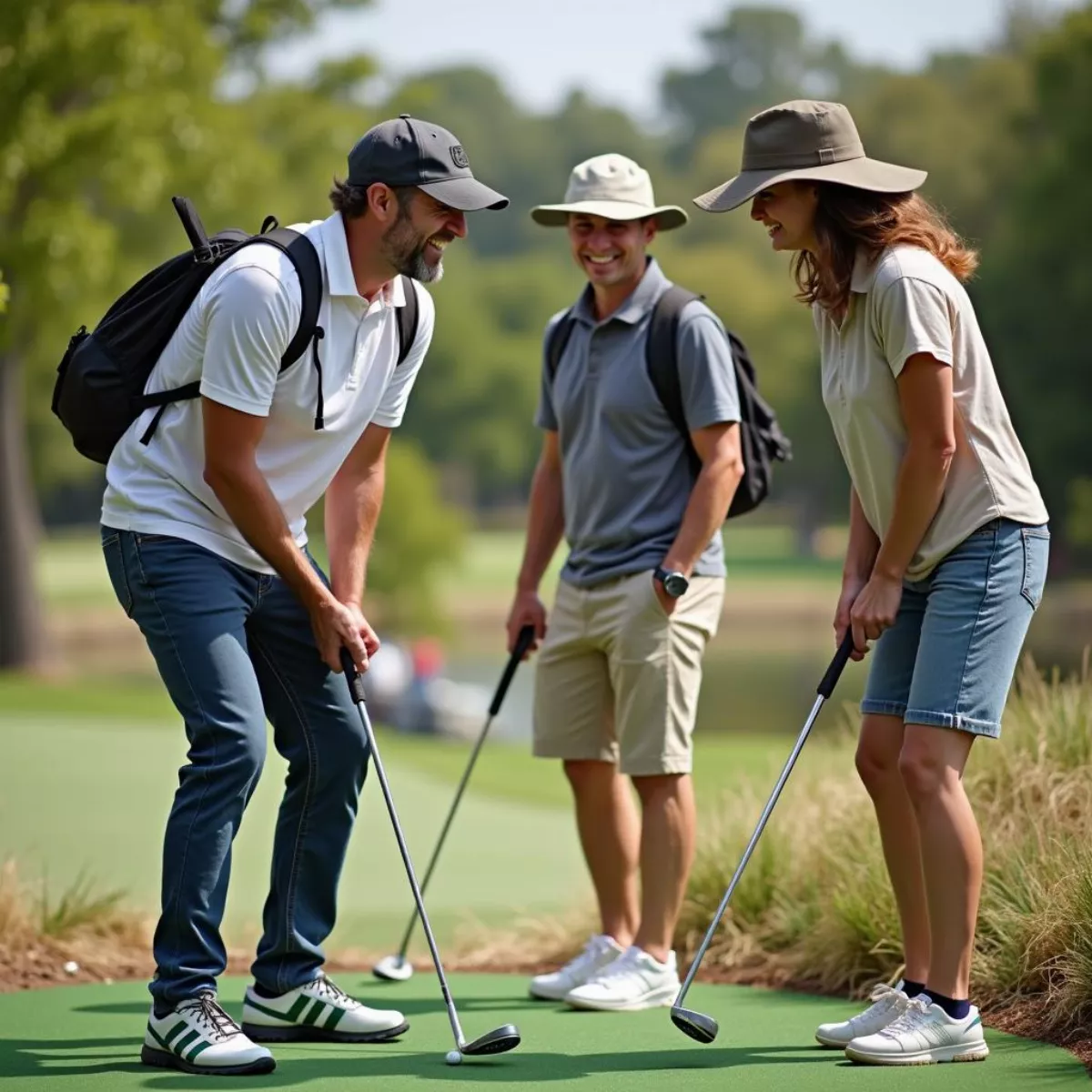 Friends Playing Mini Golf
Friends Playing Mini Golf Family Mini Golf Outing
Family Mini Golf Outing
 Tubac Golf Resort – Golf Cart Rental
Tubac Golf Resort – Golf Cart Rental Tubac Golf Resort – Stables Ranch Grille
Tubac Golf Resort – Stables Ranch Grille